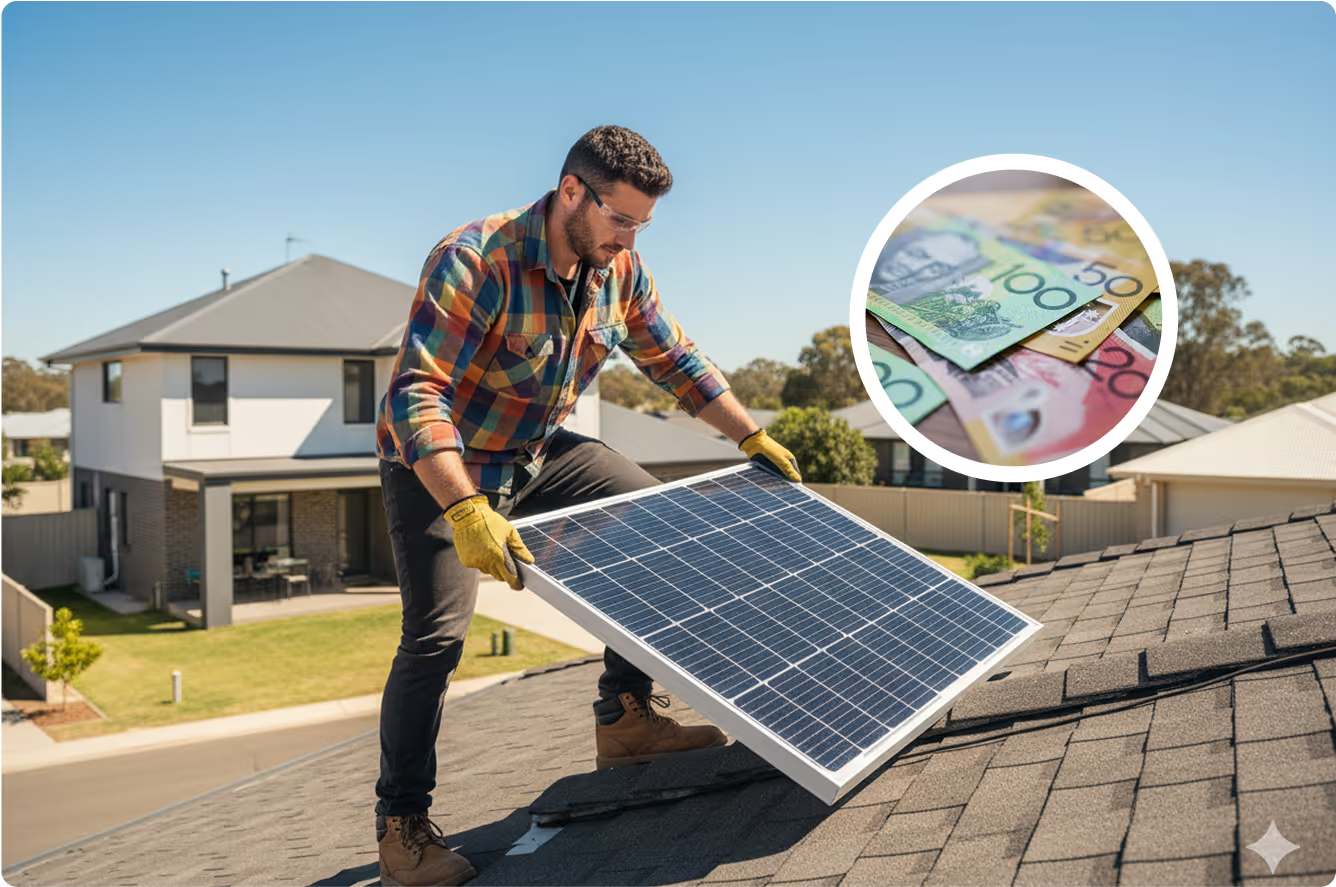Skyrocketing electricity prices

Grid dependence is costing you

Paying for power you could be generating

NSW homeowners can take advantage of both federal and state-based solar rebates to reduce upfront costs. The most common program is the Small-scale Technology Certificate (STC) rebate, available nationwide, while NSW also offers targeted incentives for low-income households and interest-free loans for clean energy upgrades. Read more below about available rebates and incentives in NSW.

Federal rebates and incentives available in NSW
Solar PV (rooftop)
Through the Small‑scale Renewable Energy Scheme (SRES) installers apply the value of Small‑scale Technology Certificates (STCs) up‑front as a discount.
Battery storage
The Cheaper Home Batteries Program (CHBP) starts 1 July 2025, offering around a 30% discount on eligible small‑scale battery systems at point‑of‑sale (via installer/retailer).
Hot Water Heat Pumps (HWHP)
Eligible systems under the Small-Scale Renewable Energy Scheme (SRES) receive STCs (value varies by zone/size). State‑based additional rebates vary by jurisdiction.
State rebates and incentives available in NSW
Solar PV (rooftop)
The federal SRES STC discount applies at point of installation.
Battery
- The federal Cheaper Home Batteries Program (CHBP) (~30% discount) applies from 1 July 2025.
- The NSW Virtual Power Plant Incentive offers an incentive up to $1,500 for connecting an eligible battery to a participating Virtual Power Plant (VPP) from 1 July 2025.
- Note: The previous NSW direct battery installation discount has been suspended—so stacking may be limited.
Hot Water Heat Pumps (HWHP)
NSW’s Household Energy Saving Upgrades (HESU) offers up‑front discounts for replacing systems with approved solar/heat‑pump hot water units. Amounts vary by energy savings.
HVAC (Reverse‑cycle A/C):
Under HESU, up‑front discounts are available for high‑efficiency reverse‑cycle A/C units.
Solar batteries let you store excess power from your panels during the day and use it at night when electricity rates are higher, lowering bills and increasing energy independence. While there is no dedicated NSW battery rebate, homeowners can still access federal solar rebates and interest free loans through selected NSW programs.


3 simple steps to start saving with solar
Speak with an expert to get tailored advice based on your home, energy needs, and future goals. Get answers to your questions and find the most suitable solutions.
Speak with a energy expert
We assess your energy usage and design a custom system to maximise your savings.

Quick & easy installation
Our certified technicians install your system efficiently—most installs take just a few hours.

Start saving
Your solar system powers your home instantly, reducing bills and increasing property value.
Speak with an expert
Frequently asked questions
NSW receives an average of 3 to 5 peak sun hours per day, with inland and northern regions such as Dubbo, Tamworth, Broken Hill, and Armidale enjoying the strongest solar performance.
Sydney, Newcastle, Wollongong, and the Central Coast also achieve excellent results, averaging around 3.9kWh per day per 1kW of installed capacity. That means a standard 6.6kW system can generate about 9,400kWh per year in these areas.
Across regional NSW, locations including Port Macquarie, Coffs Harbour, Wagga Wagga, Orange, Bathurst, and Byron Bay consistently perform well thanks to high annual sunlight levels.
While sunshine hours vary slightly by location, roof orientation, tilt, and shading have a much greater impact on performance than postcode. No matter where you live in NSW, from the South Coast to the Northern Rivers, solar delivers strong energy returns year round.
Quality solar panels typically last 25–30 years. Most come with warranties guaranteeing at least 80% of original output after 25 years.
Panels degrade at around 0.5–0.8% per year, meaning they’ll still generate roughly 92% of their original output after two decades.
Other system parts may need earlier replacement such as inverters which usually last 10–12 years, and batteries around 10 years.
With proper maintenance, solar panels can deliver decades of reliable, low-cost clean energy in NSW.
Yes. Solar panels still generate power on cloudy days, usually producing 10–25% of their normal output depending on cloud density.
Modern panels capture both direct and diffused sunlight, meaning energy production continues even without full sun.
A standard 6.6kW system in NSW can still produce around 50% of maximum output on an overcast day, sometimes more in mild winter conditions.
Rain can even help by washing away dust and debris, improving efficiency once the weather clears.
In most cases, council approval isn’t required for standard solar systems in NSW. Under the State Environmental Planning Policy (Infrastructure) 2021, systems under 10kW are considered “exempt development.”
Larger systems between 10kW and 100kW need a Complying Development Certificate (CDC) from the local council or a private certifier.
Approval is required if your property is heritage-listed or in a Heritage Conservation Area.
If you live in a strata building, you’ll also need owners corporation approval.
Smart Energy is a CEC-accredited installer that will guide you through any required steps.
Most residential solar installations in NSW take 1–3 days once on site, depending on system size and roof layout.
After installation, you’ll typically wait 1–2 weeks for Permission to Operate (PTO) from your electricity distributor.
Simple, single-storey homes with standard roof layouts can often be completed in a single day.
The NSW battery rebate ended on June 30, 2025, and was replaced by the federal Solar Battery Rebate under the Cheaper Home Batteries Program.
Homeowners and small businesses can now receive up to $8,000 off a new home battery system. In addition, the Virtual Power Plant (VPP) incentive provides $250–$400 (up to $1,500 upfront) for connecting your battery to a VPP.
Together, these incentives can reduce battery installation costs by about 30%, helping NSW households make the most of solar energy storage.
What is the feed-in tariff in NSW?
For 2025–26, the Independent Pricing and Regulatory Tribunal (IPART) recommends a benchmark range of 4.8–7.3 cents per kWh for flat-rate feed-in tariffs in NSW.
Many retailers, including Engie, EnergyAustralia, Alinta Energy and GloBird Energy, offer up to 10c per kWh, with typical rates ranging from 5c–10c.
From July 2025, Ausgrid introduced two-way tariffs, adding a 1.2c/kWh export charge during low-demand hours but offering rewards during high-demand periods.
While feed-in tariffs provide some savings, the greatest value comes from using your solar power directly, since retail electricity rates are much higher than export rates.
To qualify for solar rebates in NSW, you must:
- Have a household income under $180,000 per year.
- Install Solar Accreditation Australia-approved systems using an accredited installer like Smart Energy.
- Use Clean Energy Council (CEC)-approved solar panels and inverters which Smart Energy provides.
Low-income households may access interest-free loans or the Rebate Swap for Solar program, which allows eligible residents to exchange their annual energy rebate for a solar system.
All NSW homeowners installing CEC-approved systems with accredited installers automatically receive the federal STC rebate.
Hear it from our happy customers
Hear first-hand from our incredible community of customers.
My experience with getting a battery and added solar panels from start to finish was more than 5 star. Everyone involved was very professional and great to get along with. Very good communication all the time. I highly recommend.
From the time we had Allanah visit us and talk to us about changing to Solar and battery power we knew it was the right thing to do. Within a few weeks we had them installed. The electricians were fantastic. The whole procedure went so smoothly. I love walking outside and seeing the batteries knowing we are not just saving a lot of money but we are doing our little bit to help our world.
I have been with Smart Energy for my Solar System installation and then later on my battery installation and now changing my electricity provider to get me a better deal than my current one. They have been very helpful and professional in guiding me throughout the whole process and now looking forward to working with them to get the best out of my investment.
Why thousands of Australians choose Smart Energy

I had a 6.6kW system installed by Smart Energy and saved over $500 on my first bill.

Knowing now that there's nobody charging me for energy, and I'm doing the right thing for the environment here, you get a bit of a kick out of it.

We had no upfront costs…we are saving money already…I wouldn’t hesitate to recommend Smart Energy to friends and family.
We’ve been featured in



Ready to save with Smart Energy?
Speak with our team of energy experts today.


“From the first bill I received, it was down 80%”




















